Are you ready to hit the slopes and try your hand at snowboarding? Whether you’re a complete novice or you’ve tried it before and want to brush up on your skills, snowboarding is a fun and exhilarating winter activity that can be enjoyed by people of all ages and abilities.
Before you head out to the mountain, it’s important to familiarize yourself with the basics of snowboarding. Here are a few tips to get you started:
- Invest in the right equipment
- Learn how to strap in
- Practice your balance
- Start on a gentle slope
- Take a lesson
- Dress Appropriately
- Stay Hydrated
1. Invest in the right equipment:
When investing in snowboard equipment, there are a few things to consider to make sure you get the right gear for your needs:
- Choose the right size: It’s important to choose a snowboard that is the appropriate size for your weight, height, and skill level. A board that is too small will be difficult to control, while a board that is too big will be cumbersome and unwieldy.
- Consider your riding style: Different snowboards are designed for different riding styles. Free ride boards are good for all-mountain riding and powder, while freestyle boards are better for park and pipe riding.
- Look for a high-quality board: Investing in a high-quality snowboard will pay off in the long run, as it will be more durable and perform better on the mountain.
- Don’t forget the boots: It’s important to choose snowboard boots that are comfortable, well-insulated, and provide a good fit.
- Consider your bindings: Choose bindings that are compatible with your snowboard and boots and that offer the level of support and performance you need.
- Protect yourself: Make sure to invest in a helmet and other protective gear, such as elbow and knee pads, to keep you safe on the mountain.
By considering these factors, you can be confident that you’re investing in the right snowboard equipment for your needs.
2. Learn how to strap in:
Before you start snowboarding, you’ll need to know how to properly attach your bindings to your boots. This will help you feel secure and stable on your board.
Here are the steps for strapping into your snowboard gear:
- Put on your snowboard boots: Make sure they are properly laced up and adjusted for a snug and comfortable fit.
- Stand in front of your snowboard: Position the board so that the bindings are facing you and the front of the board is pointing away from you.
- Place your back foot in the rear binding: Line up the holes in the bottom of your boot with the holes in the binding, then insert the foot bed of your boot into the binding.
- Place your front foot in the front binding: Line up the holes in the bottom of your boot with the holes in the binding, then insert the foot bed of your boot into the binding.
- Secure the bindings: Once your feet are in the bindings, tighten the straps to hold your boots in place. Make sure they are tightened evenly and that your boots are firmly secured in the bindings.
- Adjust the bindings: If necessary, adjust the angle of the bindings to match your stance. Most snowboarders prefer a “duck stance,” with the front binding angled slightly outward and the back binding angled slightly inward.
By following these steps, you’ll be able to properly strap into your snowboard gear and hit the slopes with confidence.
3. Practice your balance:
Snowboarding requires a lot of balance, so it’s important to work on your core strength and stability before hitting the slopes.
Here are a few ways to practice balance for snowboarding:
- Stand on one leg: Practice balancing on one leg to improve your stability and coordination. You can start by standing on one leg for a few seconds, then gradually increasing the duration as you get more comfortable.
- Do balance exercises: There are a number of balance exercises you can do to improve your stability and coordination. These can include exercises like single-leg squats, balance beams, or standing on a stability ball.
- Use balance boards: Balance boards are a great tool for practicing balance and can be used both on and off the mountain. You can stand on the board and shift your weight to improve your balance and coordination.
- Practice yoga: Yoga is a great way to improve your balance and flexibility. Poses like tree pose and warrior III can help you build balance and stability.
By incorporating these balance-building activities into your training routine, you’ll be well on your way to improving your balance and becoming a better snowboarder.
4. Start on a gentle slope:
As a beginner, it’s best to start on a gentle slope, so you can get a feel for the board and build up your confidence.
Here are a few things to keep in mind when starting on a gentle slope for snowboarding:
- Start with the basics: Focus on getting the fundamentals down first, such as how to turn and stop. Don’t worry about trying to do tricks or ride fast right away.
- Take it slow: It’s important to go at a pace that is comfortable for you. Don’t feel pressure to keep up with more advanced riders or push yourself beyond your limits.
- Wear protective gear: Make sure to wear a helmet and other protective gear, such as elbow and knee pads, to keep you safe while you’re learning.
- Stay in control: It’s important to always be in control of your speed and movement on the mountain. If you feel like you’re losing control, it’s okay to take a break or slow down.
- Stay relaxed: Try to stay relaxed and loose while you’re riding. Tensing up will make it harder to move and respond to the terrain.
By following these tips, you’ll be able to start snowboarding on a gentle slope with confidence and have a safe and enjoyable experience.
5. Take a lesson:
Whether you’re a complete novice or you just want to improve your skills, consider taking a lesson from a certified instructor. They can teach you the proper techniques and help you progress at your own pace.
With these tips in mind, you’ll be well on your way to becoming a confident and skilled snowboarder. Out of the list, this would probably be one of the most important tips for beginners if you are barely starting.
6. Dress Appropriately:
Wear layers of moisture-wicking and insulated clothing to keep warm and dry on the mountain. Make sure to bring gloves, a hat, and goggles to protect yourself from the elements.
Here are a few tips for dressing appropriately for snowboarding:
- Wear layers: It’s important to wear layers of moisture-wicking and insulated clothing to keep warm and dry on the mountain. A base layer of moisture-wicking material, such as polyester or merino wool, will help to keep you dry and comfortable. Add a midlayer of insulating material, like fleece or down, to keep you warm, and top it off with a waterproof and windproof outer layer.
- Protect your hands: Make sure to bring a pair of gloves to keep your hands warm and dry. Look for gloves that are specifically designed for snowboarding, as they will offer the best protection and performance.
- Protect your head and face: Wear a hat and goggles to protect your head and face from the elements. A beanie or helmet will help to keep your head warm, while goggles will protect your eyes from the sun, wind, and snow.
- Wear the right socks: Choose socks that are specifically designed for snowboarding. These socks will be thicker and more insulated than regular socks, and will help to keep your feet warm and dry.
By following these tips, you’ll be able to dress appropriately for snowboarding and stay comfortable and protected on the mountain.
7. Stay Hydrated:
If you are starting out as a beginner snowboarder, there is going to be a lot of practice. With that being said, that practice is going to take all. Make sure to be hydrated, so you are able to last the day and be able to give it your 100%. With that being said.
Here are a few tips for staying hydrated:
- Drink plenty of fluids: Aim to drink at least 8-10 cups (64-80 ounces) of water per day, and more if you are physically active or in a hot environment.
- Carry a water bottle: Bring a reusable water bottle with you and refill it throughout the day. This will help you stay hydrated and reduce your environmental impact.
- Choose to hydrate beverages: In addition to water, you can also hydrate with beverages like sports drinks, coconut water, and fruit juice. Just be aware that these drinks can also contain added sugars and calories, so it’s important to consume them in moderation.
- Eat hydrating foods: Certain foods, such as fruits and vegetables, can help to hydrate your body. Foods like watermelon, cucumbers, and oranges are particularly high in water content and can help to replenish fluids.
- Stay aware of your thirst: Pay attention to your body’s thirst signals and drink fluids before you feel thirsty. This will help you stay hydrated and avoid dehydration.
By following these tips, you can help to ensure that you are getting enough fluids to stay hydrated and healthy. If you want to be a bit more thorough while staying hydrated, here is a great article on staying hydrated while snowboarding!
Wrapping Up
Hopefully, these tips give you a little better understanding of what it takes to get started snowboarding. It is a sport that anyone can learn with enough practice, so don’t get discouraged if you don’t pick it up right away. The most important thing is to have fun and stay safe while you’re doing it. And if you’re ever looking for new gear, be sure to check out our best snowboards for beginners article. I would love to hear about your first experiences snowboarding in the comments below!


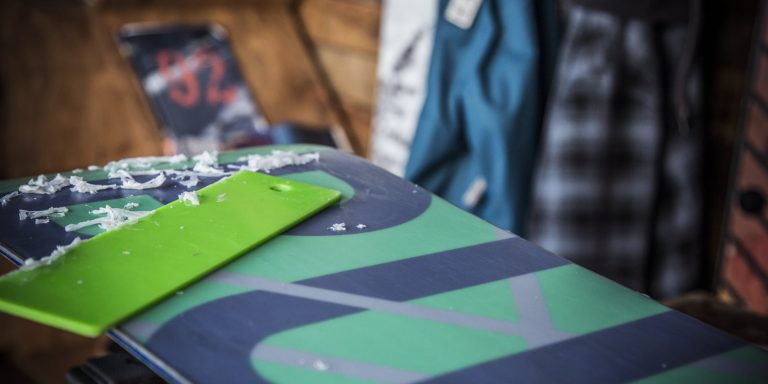

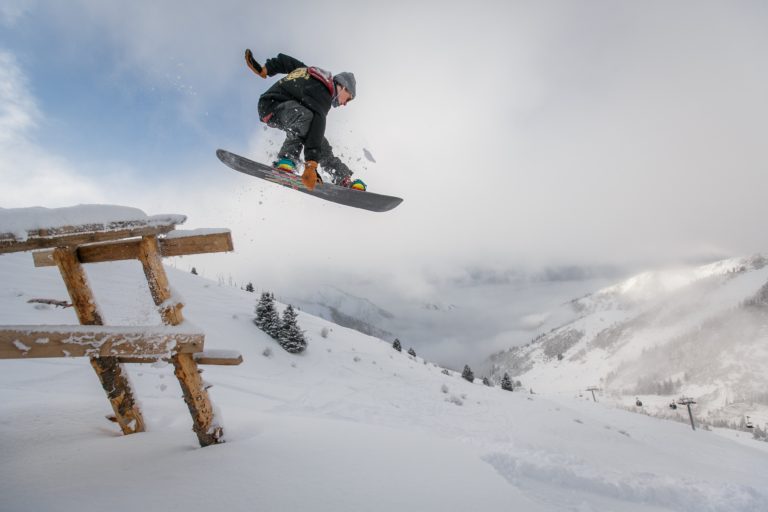
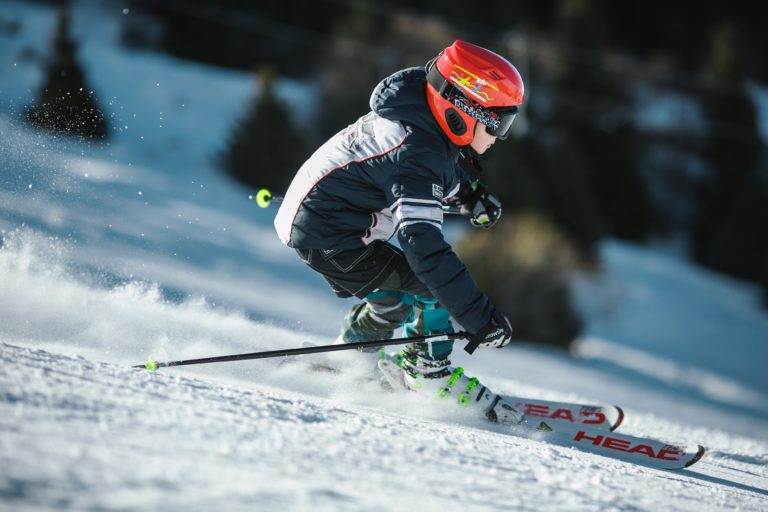
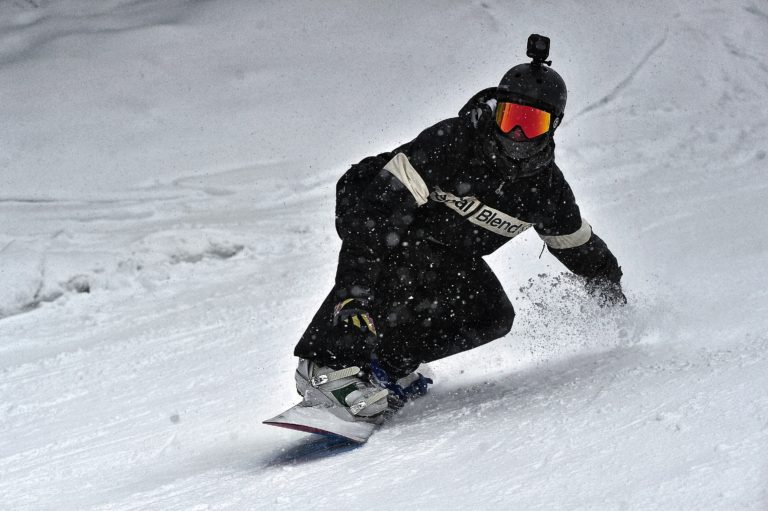
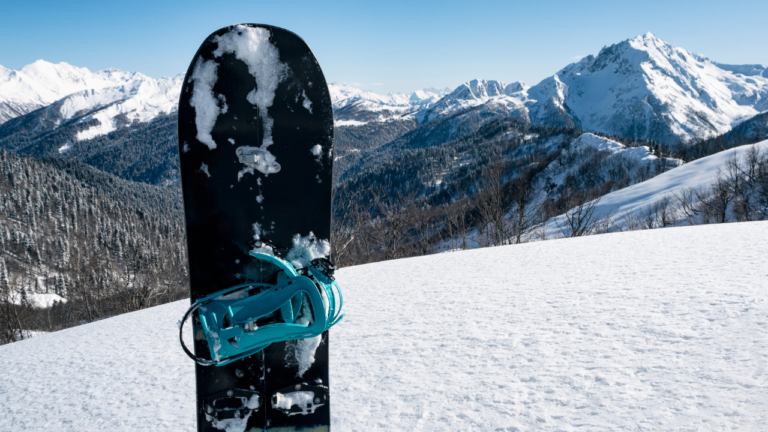
3 Comments